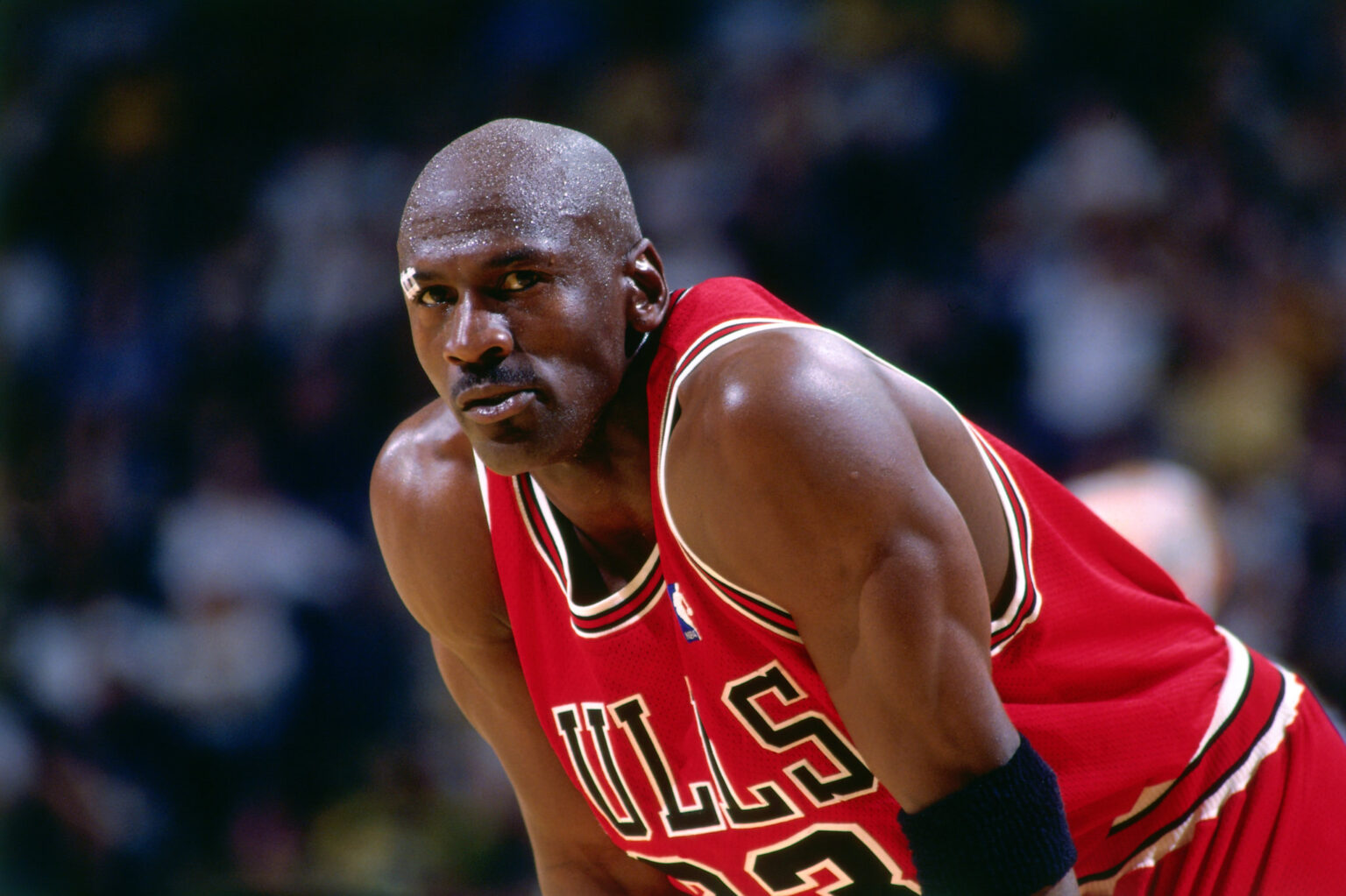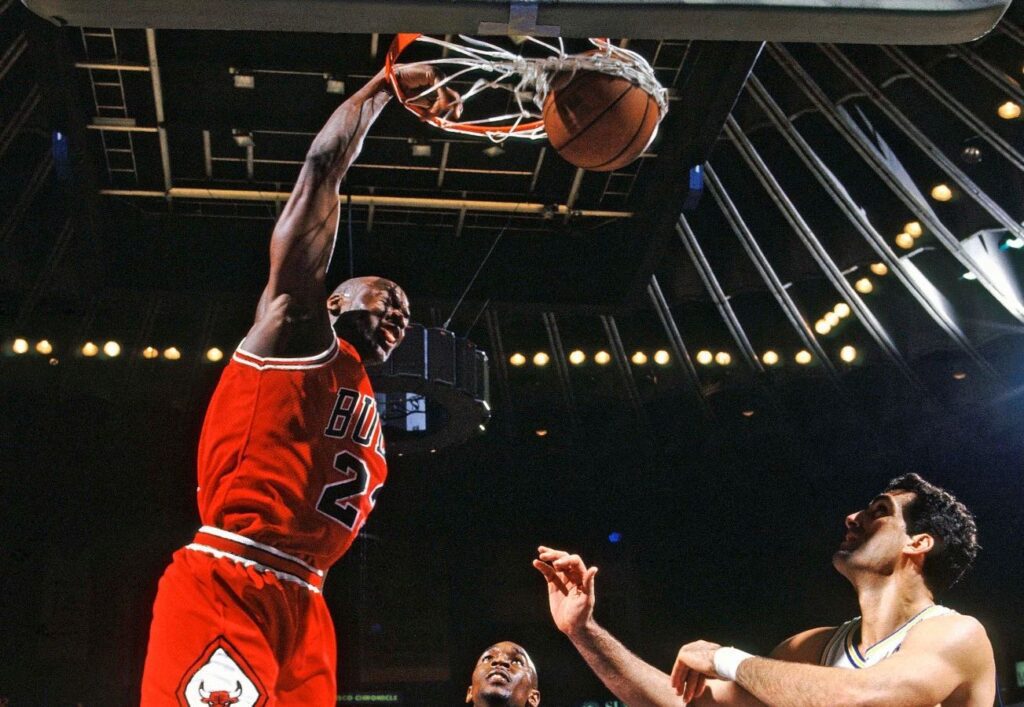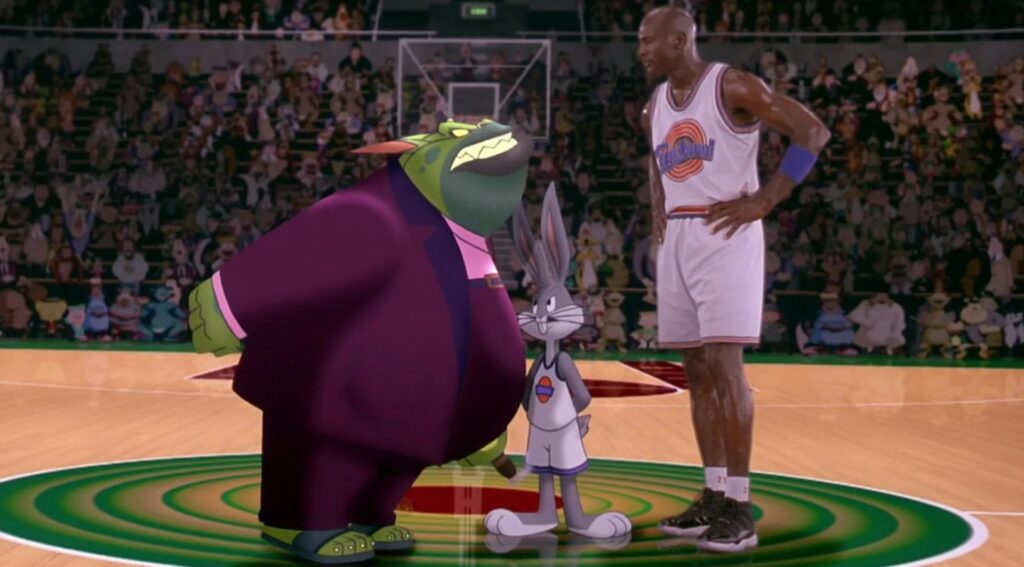
Is Michael Jordan’s net worth actually *higher* despite Nike’s losses?
When we think of Michael Jordan, we often picture the basketball legend soaring through the air, a symbol of success and aspiration. But what happens when the lines between admiration and obsession blur, leading to tragedy?
This was the question that confronted Jordan in 1990, in a moment that would challenge his understanding of his own influence. With a billionaire net worth, what kind of net worth does it take to absolve oneself of accountability? Let’s take a look at his net worth and see what we can find.

A Tragic Tale Unfolds
In the late 1980s and early 1990s, Air Jordans were more than just sneakers; they were a cultural phenomenon. But this craze took a dark turn with the murder of 15-year-old Michael Eugene Thomas, a fan who paid $115.50 for a pair of Air Jordans, only to be killed for them two weeks later.
This incident, among others, sparked a national conversation about the unintended consequences of celebrity endorsements and the societal pressures they can create.
Jordan, faced with the news of Thomas’s death, was at a loss for words. The crime was not an isolated incident; it was part of a disturbing trend of violence over coveted items like sneakers and Starter jackets. Rick Telander, a senior writer for Sports Illustrated, had been following this trend, uncovering a frightening pattern of crimes among impoverished Black youths.
The media quickly picked up on these stories, with columnists like Phil Mushnick of the New York Post and John Leo of U.S. News & World Report pointing fingers at celebrities like Jordan and filmmaker Spike Lee.
They argued that these figures, through their endorsements, were inadvertently fueling a wave of violent crimes. This narrative gained traction, and soon, a simple, yet troubling, storyline emerged: Black kids were killing other Black kids over shoes endorsed by a Black basketball hero.

Jordan’s Dilemma
This situation placed Jordan in a difficult position. For the first time, his influence on Black youth was being questioned in a negative light. The man who was celebrated for transcending race was now being asked to confront a harsh reality – his unintended role in a narrative that was contributing to racial divides and violence.
In Chicago, where Telander was based, the rise in violent crime was making headlines alongside Jordan’s basketball triumphs. The city’s murder rate had spiked, and the stories of youth violence were becoming increasingly common. This was not just a Chicago problem; it was a national crisis, with cities across America reporting similar trends.

Media’s Role in the Narrative
The way the media reported these incidents played a significant role in shaping public perception. White reporters often portrayed these violent acts as spectacles, contributing to a stereotypical image of a violent Black underclass. This narrative was not only sensationalist but also dangerously oversimplified, ignoring the complex socio-economic factors at play.
Columnists accused apparel companies like Nike of targeting their marketing towards Black urban teens, suggesting that this strategy was somehow linked to a rise in violent crimes. These accusations were often based on stereotypes and lacked concrete evidence. The suggestion was that advertising slogans like “Just Do It” had different, more sinister connotations in Black communities.

Nike’s Response
Nike, through its director of public relations Liz Dolan, refuted these claims. Dolan argued that the root of the problem was not advertising but deeper issues like income inequality and a sense of hopelessness in inner cities. She defended Jordan and other endorsers as positive role models, challenging the narrative that portrayed Black youth as an “unruly mob” driven to violence by consumer desires.
This story raises important questions about the responsibilities of celebrities and companies in how they market their products. It also highlights the need for a more nuanced understanding of the socio-economic issues that drive crime. But perhaps most importantly, it challenges us to consider how media narratives can shape, and sometimes distort, our understanding of complex social issues.
As we reflect on this story, we must ask ourselves: How do we balance the admiration of our heroes with the realities of societal issues, and where does the responsibility for change truly lie?







